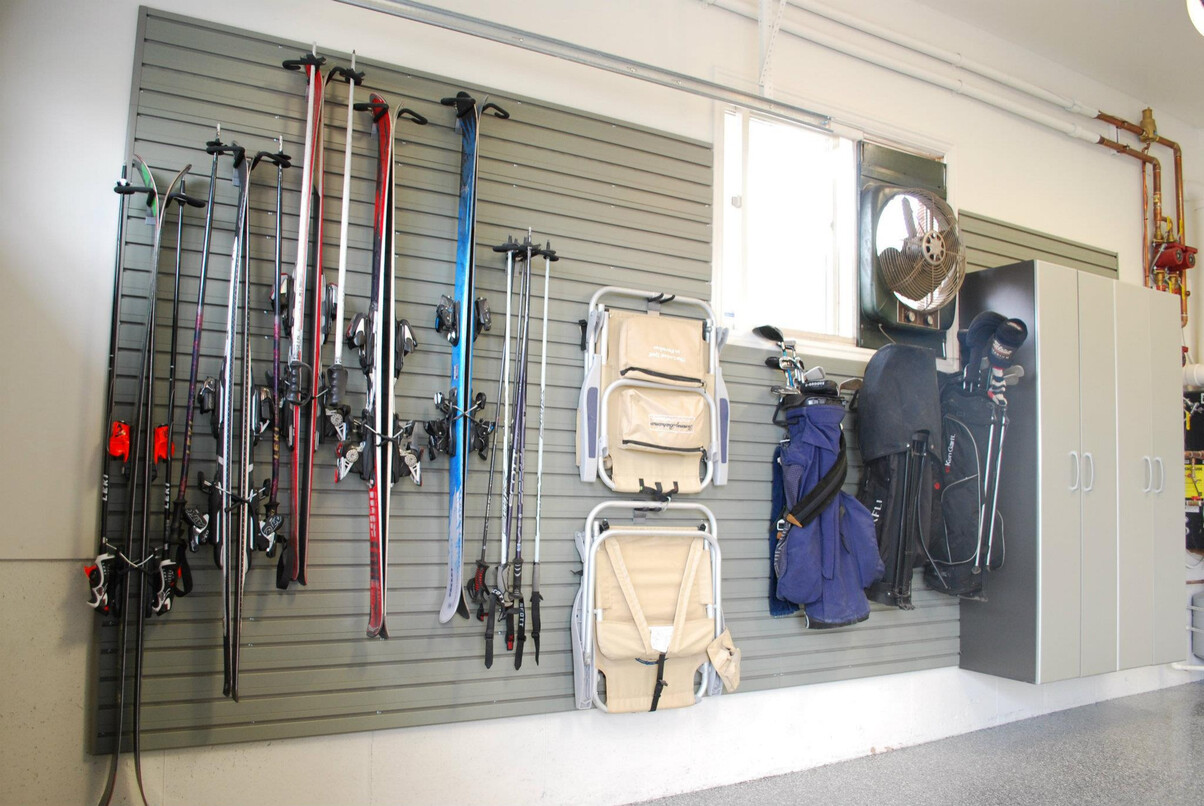

Articles
How To Store Skis At Home
Modified: December 7, 2023
Looking for articles on how to store skis at home? Find expert tips and tricks to keep your skis in perfect condition all year round.
(Many of the links in this article redirect to a specific reviewed product. Your purchase of these products through affiliate links helps to generate commission for Storables.com, at no extra cost. Learn more)
Introduction
Storing skis at home is an essential part of maintaining their performance and prolonging their lifespan. Whether you’re a seasoned skier or a beginner, proper ski storage is crucial for keeping your equipment in top shape and ready for your next adventure on the slopes.
In this article, we will guide you through the process of storing your skis at home, providing you with helpful tips and suggestions to ensure that your skis remain in excellent condition during their time off the slopes.
By finding a suitable storage location, preparing your skis for storage, and utilizing the right storage solutions, you can keep your skis safe, organized, and ready for action whenever ski season rolls around.
So let’s dive in and discover how to store your skis at home!
Key Takeaways:
- Proper ski storage involves finding a dry, cool, and well-ventilated location, whether using vertical or horizontal storage options. Cleaning, waxing, and regular maintenance are crucial for preserving ski performance and longevity.
- Utilizing ski racks, wall-mounted solutions, or ski lockers for storage, along with proper cleaning, waxing, and maintenance, ensures skis remain in optimal condition for many seasons of thrilling adventures on the slopes.
Read more: How To Store Ski Skins
Finding a Suitable Storage Location
When it comes to storing your skis, finding the right location is key. You want to choose a spot that is dry, cool, and relatively free from temperature fluctuations. Avoid areas that are exposed to direct sunlight or extreme heat, as these conditions can damage your skis over time.
An ideal storage location is a cool, dry basement or a dedicated ski storage area in your garage or shed. If you don’t have access to these spaces, consider using a spare closet or wall-mounted ski rack inside your home.
It’s essential to make sure that the storage area is well-ventilated to prevent moisture buildup. Moisture can lead to rusting of the ski edges and promote the growth of mold and mildew, which can damage your skis irrevocably.
If you’re storing your skis in a location with limited space, consider utilizing vertical storage solutions to maximize the available space. Vertical storage not only helps save space but also keeps your skis organized and easily accessible.
Before finalizing the storage location, assess the security of the area. If you have valuable skis, consider using a lock or installing security measures to protect your equipment from theft.
Remember, the goal is to find a storage location that provides the right environment for your skis to remain in optimal condition until the next ski season.
Preparing Your Skis for Storage
Before you store your skis for an extended period, it’s important to properly prepare them. This involves cleaning and waxing your skis to protect them from moisture, rust, and other damage that can occur during storage.
Start by thoroughly cleaning your skis to remove any dirt, grime, or leftover wax. Use a damp cloth or sponge to wipe down the entire surface of the skis, including the bindings, edges, and base. If there are any stubborn dirt or residue, you can use a mild soap or ski-specific cleaning solution.
Once your skis are clean, it’s time to wax them. Ski wax provides a protective layer and helps prevent your skis’ bases from drying out and becoming damaged during storage. Choose a wax that is appropriate for the temperature range you typically ski in, or opt for a universal wax if you’re unsure.
Apply the wax onto the base of your skis by melting it with a waxing iron and spreading it evenly. Let the wax cool and harden before gently scraping off any excess with a plastic scraper. Finally, use a nylon brush to remove any remaining wax residue and give the bases a nice finish.
By cleaning and waxing your skis before storing them, you’re taking proactive steps to protect them from potential damage while ensuring they are ready to hit the slopes when ski season returns.
Cleaning Your Skis
Cleaning your skis is an important step in preparing them for storage. Not only does it help remove dirt and grime, but it also prevents the buildup of moisture that can lead to rust and deterioration.
Start by wiping down the entire surface of your skis with a damp cloth or sponge. Pay special attention to the bindings, edges, and base, as these areas tend to accumulate the most dirt and debris.
If your skis have stubborn dirt or residue, you can use a mild soap or specific ski cleaning solution. Apply a small amount to the cloth or sponge and scrub gently in a circular motion. Rinse the skis thoroughly with clean water to remove any soap residue.
Once the skis are clean, make sure to dry them thoroughly before storing. Use a towel or cloth to remove excess moisture from the surface of the skis. You can also air-dry them by placing them in a well-ventilated area away from direct heat or sunlight.
Remember to pay extra attention to the bindings. If they are wet, use a dry cloth to soak up the moisture and prevent any rust or corrosion. Lubricate the bindings according to the manufacturer’s instructions, ensuring smooth movement and optimal performance when you hit the slopes again.
By keeping your skis clean, you not only help preserve their appearance but also maintain their functionality and performance. Cleaning is a simple yet important step in ensuring that your skis are ready for storage and remain in excellent condition until the next ski season.
Waxing Your Skis
Waxing your skis is an essential step in the maintenance process, and it becomes even more crucial when preparing your skis for storage. Waxing helps protect the base from drying out, prevent oxidation, and maintain optimal performance.
Before you begin, gather the necessary materials, including ski wax, a waxing iron, a plastic scraper, and a nylon brush. Make sure the wax you choose is appropriate for the temperature conditions you typically ski in, as different waxes are formulated for different snow conditions.
To start, plug in the waxing iron and set it to the recommended temperature specified on the wax packaging. Make sure to use a temperature-adjustable ski waxing iron for better control.
Apply the wax to the iron in a back-and-forth motion until it begins to melt and drip onto the base of the ski. Be careful not to let the wax smoke or burn, as this can damage the base.
Once the wax is evenly distributed on the base, use the iron to spread it out, moving from tip to tail. Ensure that the wax covers the entire base in a thin, even layer. If you have a wide ski, you may need to move the iron in a zigzag pattern to cover the entire width.
Let the wax cool and solidify on the ski’s base for at least 30 minutes or as directed on the wax packaging. Once the wax is completely hardened, use a plastic scraper to remove the excess wax from the base. Hold the scraper at a slight angle and apply gentle pressure, moving from tip to tail to remove the excess wax.
After scraping, use a nylon brush to remove any remaining wax residue and give the base a smooth finish. Brush from tip to tail, applying light pressure in a single direction. This will help remove excess wax and create a sleek surface.
By waxing your skis before storage, you’re providing them with a protective layer that helps prevent drying and deterioration. This step not only ensures optimal performance on the slopes but also keeps your skis in top condition throughout their time off the snow.
Read more: How To Store Ski Clothes
Storing Your Skis Vertically
Storing your skis vertically is an excellent option if you have limited space or want to keep your skis organized and easily accessible. Vertical storage not only saves space but also helps prevent warping and damage to your skis.
One option for vertical storage is using a ski rack specifically designed for this purpose. Ski racks typically consist of two prongs that hold the skis upright, keeping them securely in place and preventing them from sliding or falling over.
To store your skis vertically on a ski rack, start by placing the skis on the rack with the bindings facing outward. Make sure the prongs are positioned securely and provide enough support for the skis.
If you don’t have a dedicated ski rack, you can also use simple DIY solutions like installing hooks or brackets on a wall. Make sure the hooks or brackets are sturdy enough to support the weight of your skis.
When storing your skis vertically, it’s important to ensure that they are stable and won’t topple over. You can use additional support options like bungee cords or Velcro straps to secure the skis together and prevent any movement.
Remember to store your skis in a dry and well-ventilated area to prevent moisture buildup, which can lead to rust and damage. Avoid storing them near heat sources or in direct sunlight, as these conditions can negatively affect the skis.
Storing your skis vertically not only saves space but also helps maintain their shape and prevents damage. It’s an effective and convenient storage option that allows you to keep your skis in top condition until the next ski season.
Using a Ski Rack
A ski rack is a practical and convenient storage solution that keeps your skis organized, easily accessible, and protected from damage. Ski racks come in various designs and sizes, allowing you to choose the one that best suits your needs and space.
When using a ski rack, there are a few key considerations to keep in mind to ensure proper storage and care for your skis:
- Choose the right ski rack: Look for a ski rack that is sturdy, durable, and specifically designed for ski storage. Ski racks typically feature prongs or slots to hold the skis vertically so that they don’t tip over or slide.
- Position the skis correctly: When placing your skis on the rack, make sure the bindings face outward and the skis are evenly spaced. This not only provides better stability but also keeps the bindings protected.
- Secure the skis: To prevent any movement or potential damage, consider using bungee cords or Velcro straps to hold the skis together on the rack. This will keep them securely in place and minimize the risk of them falling or sliding off.
- Keep the rack in a suitable location: Place the ski rack in a dry, well-ventilated area away from direct sunlight, excessive heat, or moisture. This will help maintain the condition of the skis and prevent any rust or damage.
- Regularly inspect the rack: Check the ski rack periodically to ensure it remains in good condition and can support the weight of the skis. Look for any signs of wear or instability and make sure all parts are securely fastened.
Using a ski rack provides a dedicated space for your skis, allowing them to be stored in an upright and organized manner. This not only saves space but also protects your skis from being damaged by inadvertently leaning against other objects or getting entangled with other gear.
Investing in a high-quality ski rack ensures that your skis stay in excellent condition and are readily accessible whenever you’re ready to hit the slopes again.
Store skis in a cool, dry place to prevent rust and damage. Keep them off the ground to avoid warping. Use padded ski storage racks or wall mounts to protect them.
Wall-Mounted Ski Storage Solutions
If you’re tight on space or prefer a more minimalist approach to storing your skis, wall-mounted storage solutions are a great option. Wall-mounted racks not only save space but also provide a visually appealing display for your skis. Here are a few options to consider:
- Ski Wall Hooks: Ski wall hooks are a simple and versatile storage solution. They typically consist of hooks or brackets that attach directly to the wall, allowing you to hang your skis vertically. Choose hooks that are wide enough to accommodate your skis and have a padded or rubberized surface to protect the edges.
- Ski Wall Mounts: Ski wall mounts provide a sleek and stylish display for your skis. These mounts securely hold the skis horizontally against the wall, creating an attractive and space-saving storage option. Look for mounts that have protective padding to prevent damage to the skis.
- Ski Racks with Floating Shelf: Some wall-mounted ski racks are designed with an integrated floating shelf that provides additional storage space for your ski accessories, such as gloves, goggles, and hats. This combination of a rack and shelf offers a convenient and organized solution for all your ski gear.
- Custom Display Racks: For those looking for a unique and personalized storage solution, custom-made ski display racks are worth considering. These racks are designed to your specifications and can be crafted from various materials such as wood, metal, or acrylic. Custom racks allow you to showcase your skis as a decorative feature in your home while keeping them safe and secure.
When choosing a wall-mounted ski storage solution, ensure that the rack or hooks are sturdy and installed correctly. Make sure to attach them to a solid wall stud or use appropriate anchors to ensure stability and prevent any accidents or damage.
Whether you opt for ski wall hooks, mounts, or customized racks, wall-mounted storage solutions are a practical and visually appealing way to store your skis while maximizing your space and adding a stylish touch to your home decor.
Storing Your Skis Horizontally
If you prefer storing your skis horizontally or want to utilize space more efficiently, there are several options available to keep your skis safe and organized. Storing skis horizontally requires proper support and care to prevent warping or damage to the equipment.
Here are some effective methods for storing your skis horizontally:
- Using a Ski Bag or Sleeve: One of the simplest and most common methods of horizontal ski storage is using a ski bag or sleeve. These protective covers provide a cushioned and enclosed space for your skis, preventing them from coming into contact with other objects. Make sure to clean and dry your skis before placing them inside the bag or sleeve to avoid moisture buildup.
- Storing Skis in a Ski Locker: Ski lockers are a popular storage solution for those who want a dedicated space for their gear. These lockers provide individual compartments where you can safely store your skis horizontally, along with other ski equipment. Ski lockers are typically available for rent at ski resorts or can be purchased for home use.
- Using a Ski Storage Rack: Ski storage racks designed explicitly for horizontal storage are another option. These racks typically have padded or cushioned slots or cradles to support the ski and keep it in place. Look for racks that can be mounted on the wall or placed on the floor, depending on your available space and preference.
- Utilizing a Ski Storage Case or Box: For those who want maximum protection for their skis during storage, ski storage cases or boxes are an excellent choice. These hard-shell cases offer secure and durable storage, protecting your skis from impact, dust, and moisture. Make sure to choose a case that is long enough to accommodate your skis and has proper padding and ventilation.
Regardless of the storage method you choose, it’s important to store skis in a dry, well-ventilated area away from extreme temperatures and humidity. Avoid exposing your skis to direct sunlight or heat sources, as these can cause damage to the materials.
Proper horizontal storage not only keeps your skis safe but also helps maintain their shape and performance. By investing in the right storage solution and taking care of your skis, you can ensure they remain in excellent condition year after year.
Read more: How To Store Ski Boots
Using a Ski Bag or Sleeve
When it comes to storing your skis horizontally, using a ski bag or sleeve is a popular and practical choice. Ski bags and sleeves provide a protective covering that keeps your skis safe from scratches, dust, and other potential damage during storage and transportation.
Here are some key points to consider when using a ski bag or sleeve:
- Choose the right size: Ski bags and sleeves come in various lengths to accommodate different ski sizes. It’s crucial to choose a bag or sleeve that is long enough to fully cover your skis, including the bindings and the tips and tails.
- Look for padding and protection: Opt for a ski bag or sleeve that offers ample padding to cushion your skis and protect them from impact. Look for models with internal padding, reinforced corners, and materials that offer shock absorption.
- Secure your skis: Before placing your skis in the bag or sleeve, make sure they are clean and dry to prevent moisture buildup. Secure the skis inside the bag by fastening any straps, zippers, or Velcro closures provided. This will help keep the skis from shifting during storage and transportation.
- Consider additional storage: Some ski bags or sleeves come with additional pockets or compartments where you can store smaller items like gloves, goggles, or ski accessories. This feature can help keep all your ski gear organized in one place.
- Store in a dry location: When not in use, store your ski bag or sleeve in a dry and well-ventilated area. Avoid areas that are prone to moisture, as this can lead to mold or mildew formation. Ensure that the bag or sleeve is completely dry before storing to prevent any potential damage to your skis.
Using a ski bag or sleeve for horizontal ski storage not only provides protection but also offers convenience when traveling to and from the slopes. It minimizes the risk of scratches or dings and keeps all your ski equipment in one place, making it easier to locate and transport.
Remember to inspect your ski bag or sleeve regularly for any signs of wear and tear. If you notice any damage or if the padding has compressed over time, it may be time to replace your bag or sleeve to ensure continued protection of your skis.
By utilizing a ski bag or sleeve, you can confidently store your skis horizontally while keeping them safe and ready for the next skiing adventure.
Storing Your Skis in a Ski Locker
If you want a dedicated storage solution for your skis, renting or purchasing a ski locker can offer a secure and organized option. Ski lockers provide individual compartments where you can store your skis and other ski gear safely.
Here are some important factors to consider when storing your skis in a ski locker:
- Locker size: Choose a locker that is large enough to accommodate your skis comfortably. Measure the length of your skis, including the bindings and tips, to ensure they fit inside the locker without any constraints.
- Locker security: Look for a ski locker that provides secure storage. If you rent a locker at a ski resort, check if it comes with a lock or if you need to bring your own. Ensure that the lock is sturdy and provides sufficient protection against theft.
- Organizational features: Some ski lockers come with additional compartments or shelves where you can store your ski boots, helmets, gloves, and other accessories. This helps keep everything organized and readily accessible when you’re getting ready to hit the slopes.
- Locker location: Consider the location of the ski locker when renting or purchasing one. Ideally, it should be conveniently located near the slopes or ski lift, making it easy to access your skis whenever you want to ski.
- Locker ventilation: Ensure that the ski locker provides adequate ventilation. Proper ventilation helps prevent moisture buildup, which can lead to mold and mildew growth. Moisture can also cause damage to your skis, so it’s important to choose a locker that keeps the air circulating.
Storing your skis in a ski locker offers several advantages. It keeps your skis secure and protected from potential damage or theft. It also eliminates the need to transport your skis to and from your accommodation, making it more convenient and hassle-free.
Remember to clean and dry your skis before placing them in the locker to prevent any moisture or dirt buildup. Regularly inspect the locker for any signs of damage, such as loose hinges or faulty locks, and report any issues to the locker management for prompt repairs.
By storing your skis in a ski locker, you can enjoy peace of mind knowing that your equipment is securely stored and ready for your next exciting ski adventure.
Proper Maintenance and Care Tips
In addition to proper storage, maintaining and caring for your skis is essential to ensure their longevity and optimal performance. Here are some tips to keep your skis in great shape:
- Regularly inspect your skis: Before and after each ski season, take the time to carefully inspect your skis. Look for any signs of damage, such as cracks, delamination, or rust on the edges. Address any issues promptly to prevent further damage.
- Sharpen and tune your edges: Over time, the edges of your skis can become dull and less effective. Regularly sharpening and tuning your ski edges will improve their grip on the snow and enhance your control and performance on the slopes.
- Fill any small scratches or dings: Small scratches or dings on your ski bases can affect their gliding ability. Fill these minor imperfections with a repair product designed for ski bases. These fillers can help restore the smoothness of your skis and minimize friction.
- Wax your skis regularly: Regular waxing is crucial for maintaining the condition of your ski bases and enhancing their glide. Wax your skis at the beginning and end of the ski season, as well as periodically during the season depending on your skiing frequency and snow conditions.
- Store skis in a dry and cool environment: We’ve already discussed the importance of proper storage, but it’s worth emphasizing again. Keep your skis in a dry and cool location to prevent moisture damage and protect them from extreme temperatures.
- Protect your skis during transportation: When transporting your skis, use padded ski bags or sleeves to shield them from potential bumps or impacts. Secure them tightly to avoid unnecessary movement during transportation.
- Avoid walking on hard surfaces with your skis: Walking on hard surfaces like concrete or asphalt while wearing your ski boots can cause damage to the ski edges. Whenever possible, use protective ski boot covers or walk on softer surfaces to preserve the edges.
- Follow manufacturer guidelines: Each ski manufacturer provides guidelines on proper care and maintenance specific to their skis. Familiarize yourself with these instructions and follow them accordingly to ensure that you’re treating your skis in the best possible way.
By following these maintenance and care tips, you can extend the lifespan of your skis and continue to enjoy their performance on the slopes. Proper maintenance not only improves your skiing experience but also protects your investment and ensures that your skis are ready for action whenever you hit the mountain.
Conclusion
Properly storing and caring for your skis at home is essential for maintaining their performance and prolonging their lifespan. By following the right storage techniques and maintenance practices, you can ensure that your skis remain in top condition season after season.
When it comes to storage, finding a suitable location that is dry, cool, and well-ventilated is crucial. Whether you opt for vertical storage using a ski rack or wall-mounted solution, or choose horizontal storage using a ski bag, sleeve, or ski locker, make sure to secure your skis properly and protect them from extreme temperatures and humidity.
Preparing your skis for storage involves cleaning and waxing them. Cleaning removes dirt and grime that can lead to damage, while waxing protects the base and maintains optimal performance. Additionally, regularly inspecting and maintaining your skis, such as sharpening the edges, filling scratches, and following manufacturer guidelines, is essential for their long-term care.
Remember that taking care of your skis is not just about extending their lifespan but also enhancing your skiing experience. Well-maintained skis perform better on the slopes, providing you with improved control, maneuverability, and overall enjoyment.
By implementing these proper storage techniques and maintenance practices, you can ensure that your skis are always ready for action when the snow starts to fall. So, take the time to care for your skis, store them appropriately, and get ready for many thrilling adventures on the slopes!
Frequently Asked Questions about How To Store Skis At Home
Was this page helpful?
At Storables.com, we guarantee accurate and reliable information. Our content, validated by Expert Board Contributors, is crafted following stringent Editorial Policies. We're committed to providing you with well-researched, expert-backed insights for all your informational needs.
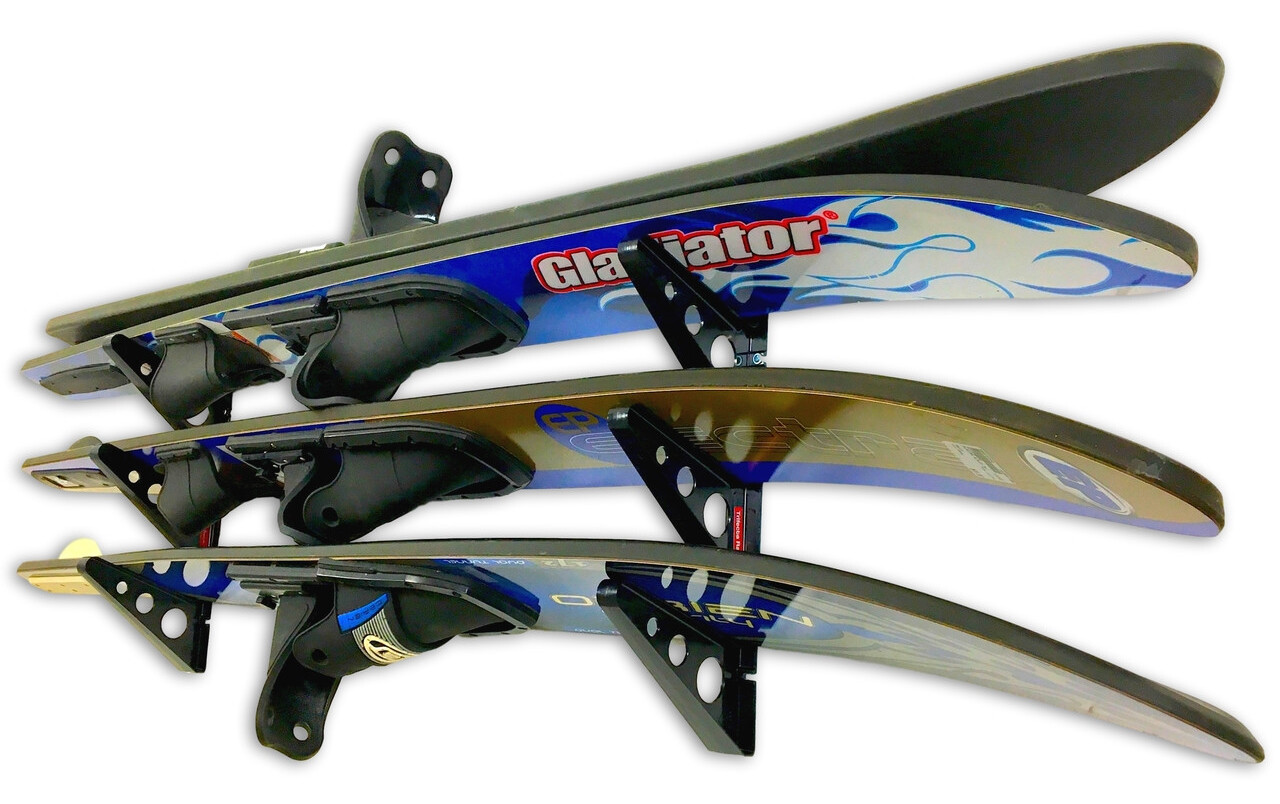
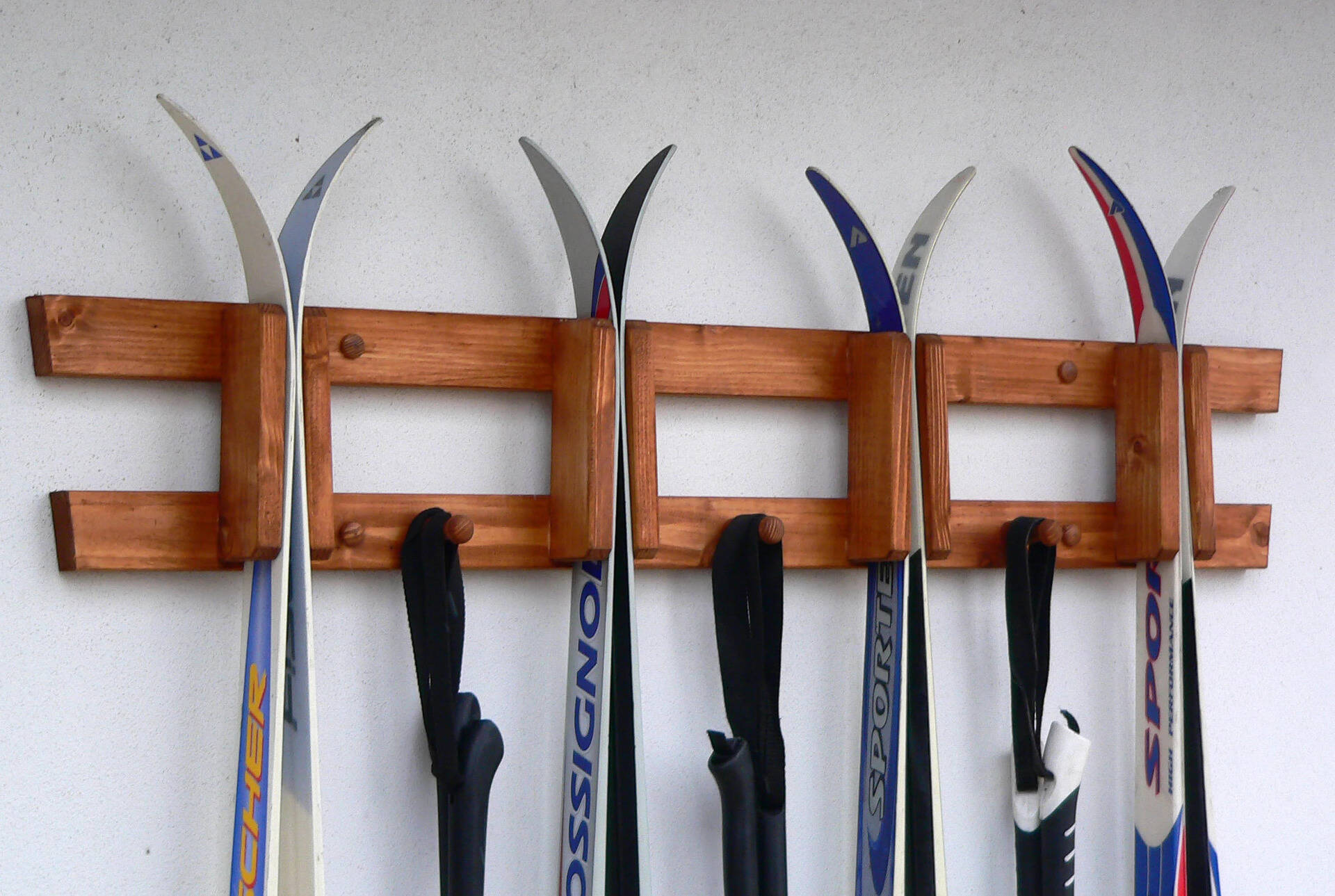


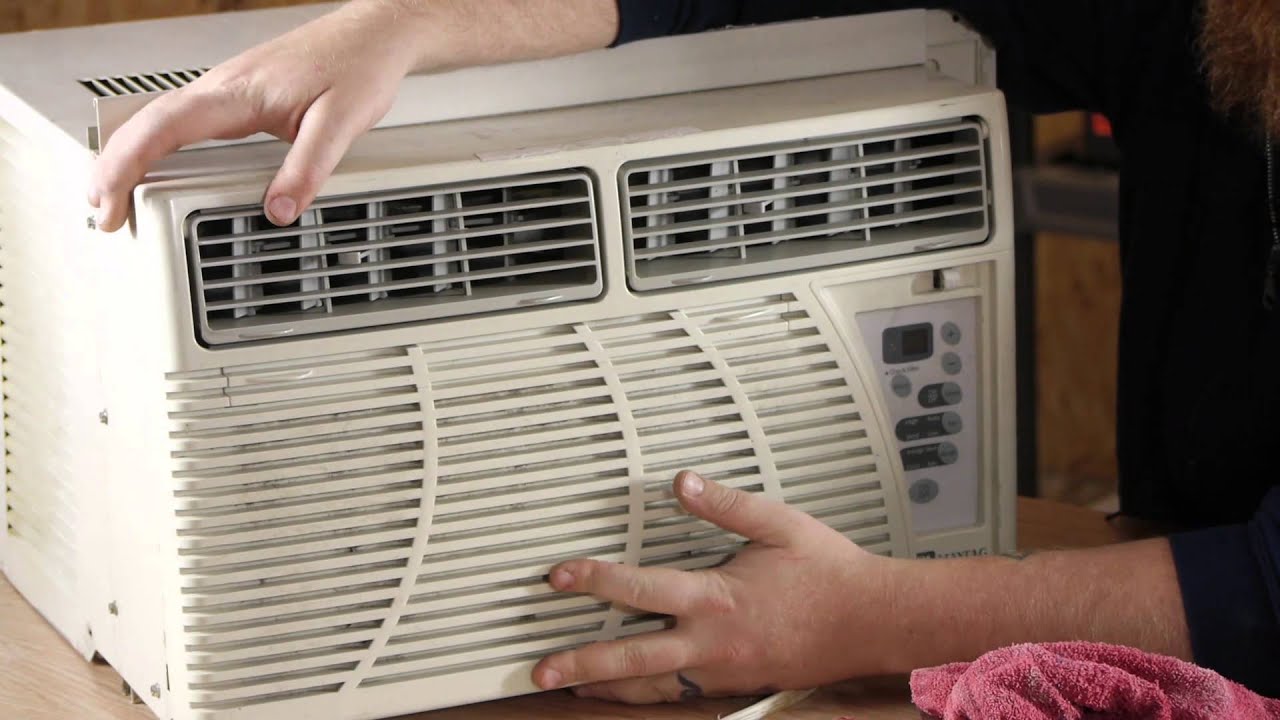


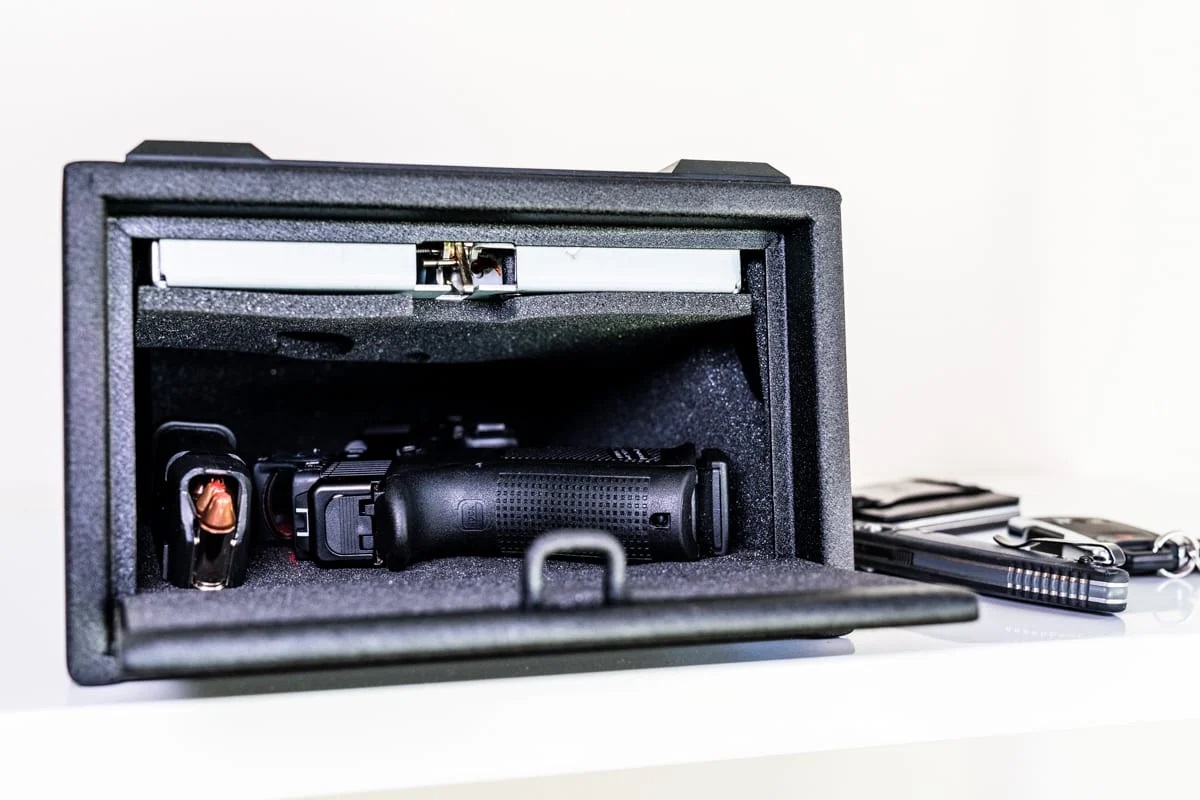






0 thoughts on “How To Store Skis At Home”